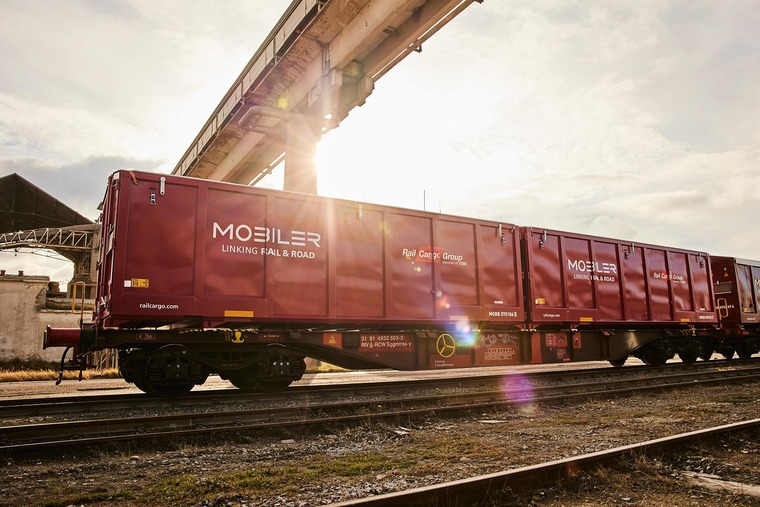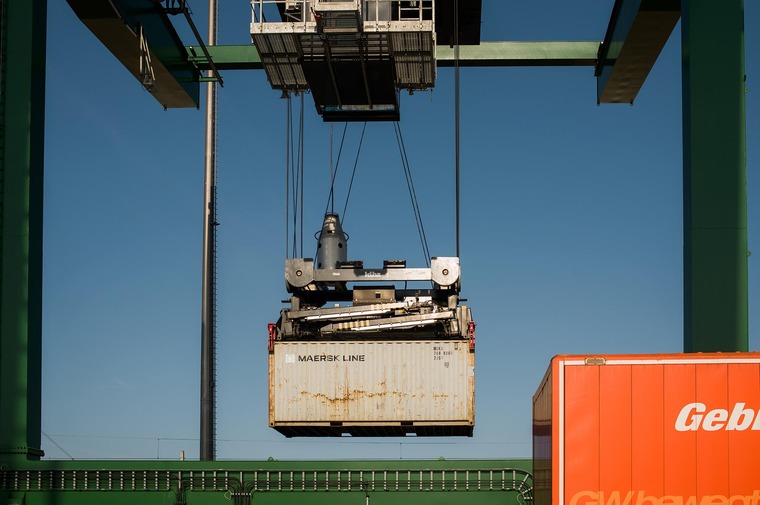Hydrogen is an important and indispensable element for the chemical industry, which uses it to produce nitrogen fertiliser, mineral oil and synthetic fuels, among other things. Hydrogen consumption in the EU currently stands at around ten million tonnes per year – that's around 340 TWh. Most of this is so-called “grey” hydrogen, which is obtained from fossil energy sources such as natural gas.
Turning grey into green
In future, the EU plans to change the areas of application for hydrogen and also its production process. Gone will be the grey, in will come the clean, “green” hydrogen produced by electrolysis using renewable energies – water, wind or sun. This hydrogen can be used directly as a substitute for natural gas or as a fuel for all possible modes of transport – cars, trucks, ships or aircraft. And it doesn't matter whether it is used by industry or by end consumers.
If the EU's plan is realised, much more hydrogen will be needed than in the past. According to a study by the World Energy Council, the demand for hydrogen and hydrogen derivatives in the EU is set to rise to 60 million tonnes by 2050. This is a six-fold increase that the EU alone will not be able to cope with. Around half of this is to be imported via pipelines in a hydrogen core network that is currently being planned. Just as industrial sites need railway connections, pipeline connections will also have to be installed at the sites of major consumers. However, this is still a dream of the future – because it is still unclear where the hydrogen will ultimately come from and which route it will take.
Demand for logistics solutions will increase
And then there's the rest of the hydrogen, which is not just intended for industrial use – this has to be transported elsewhere. By rail, it can be transported in various forms – compressed as a gas, liquefied or dissolved in carrier oil. Hydrogen can also be transported in combination with ammonia or methanol. The Rail Cargo Group (RCG) has been an expert in the transport of ammonia and methanol for the chemical and fertiliser industry for several decades. In 2023, RCG transported almost 140,000 tonnes in this form. Gaseous or cryogenic (- 253°C) hydrogen, on the other hand, is not yet transported by rail, but the possibilities for this are already being discussed and developed at project and EU level.
The classic variant involving methanol or ammonia uses tank wagons, which are already used for mineral oil transport. MOBILER containers and 20-foot containers are also suitable for this type of transport. Specially developed transport containers will be needed for pure hydrogen, which will play a major role in the future. RCG is involved in this promising development of prototypes.




